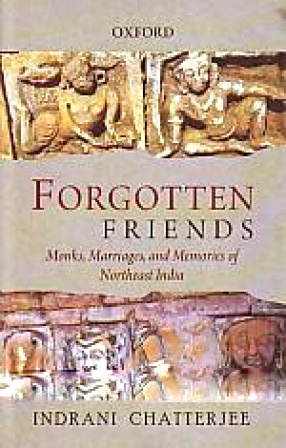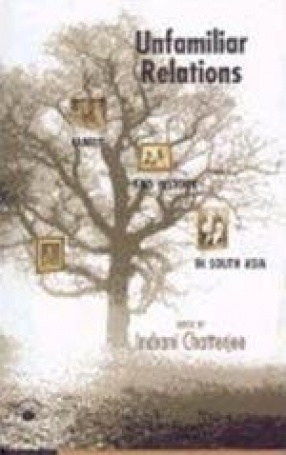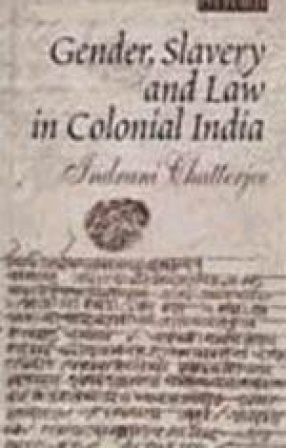
Showing all 3 books

The book views the way intensively gendered multi-sectarian monastic institutions organised everyday life and political authority in the past in regions where the Tibeto-Burman language prevailed. Covering a large part of the Asian Himalayan region and countries in this part of the world, it is concerned with the gendered relation of labour, landholding, marriage and gifting that extended and localised the monastic institutions of Buddhism, Shaivism and the Sufi ...

If the nation is an imagined community, so too is the family. Though both "nation" and "family" materially conditioned human lives in the past, only the former has had the benefit of historical scrutiny from scholars of Modern South Asia. The latter -- the family -- has been generally taken for granted. This interdisciplinary volume tries simultaneously to interrogate, and fill, the long silence in the history of the family in South Asia. ...

